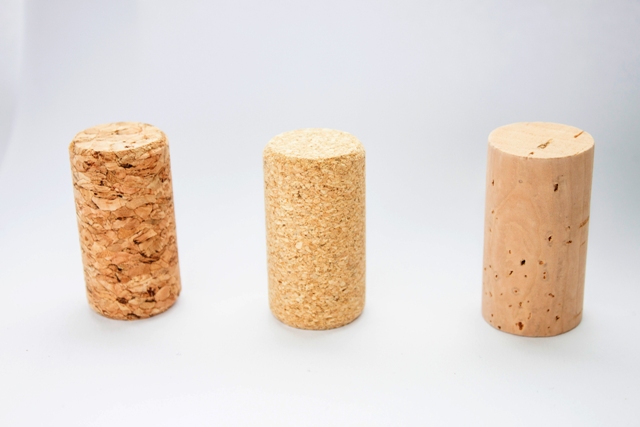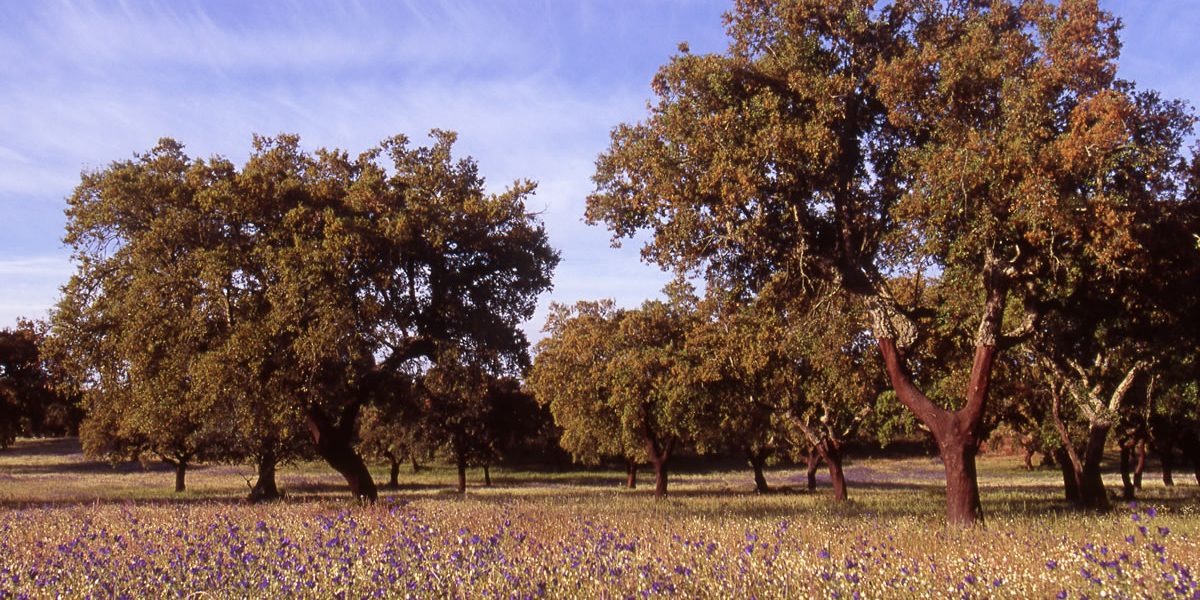Cork is harvested only during the Summer, so in the cork industry, the annual cycle starts in September. The 2022/2023 season has seen some rapid increases in the price of cork, driven by a weak harvest (caused by insufficient rain, which makes it more difficult to remove the cork bark from the trees) and ever growing demand for cork, across nearly every sector of the cork industry. So if demand is growing strongly and with the environmentally-friendly credentials of cork set to support further growth over the coming years, why doesn’t Portugal just plant more trees so that supply can be increased?
The short answer is that Portugal is planting more cork oaks, although the rate of growth of the cork forest is less than 1% per year, which is nowhere near enough to keep up with the growth in demand. Portugal has more cork forest than any other country (33% of the world’s cork forests are in Portugal and Spain is the next largest country), so it is Portugal that really needs to take the lead in growing more cork oaks; there are some real economic problems that need to be overcome however.
The most striking economic hurdle is the fact that it takes a long time to get a return on your investment when planting new cork oaks – you can only harvest reasonable quality cork from a cork oak once it has reached 25 years old and then you can only harvest every 9 years, so it can be 40 or 50 years before you will see a return on investment. In other words you will plant a cork oak today to benefit your children and grand-children, which is just not an option for most businesses. This has always been the case and will forever remain a challenge; there is however a new problem in the cork industry, which is the fact that many end users are moving from natural cork to micro-agglomerated cork and by far the most value is held by natural corks. A natural wine cork will cost at least double a micro-agglomerated cork and traditionally agglomerated and micro-agglomerated cork granules come from the off-cuts made when natural corks are punched out of the bark. But if demand for natural corks falls, then there are fewer off-cuts produced and the economics of the industry is turned on its head.

The cork industry has been very good at servicing the ever growing demand for cork granules to make agglomerated and micro-agglomerated cork and that has helped to support growth in the sector, but ultimately it is very important for the cork sector that natural corks suport the premium sector of the market, which ultimately will underpin future investments in cork forests. The major cork stopper producers have invested very heavily in the very expensive machinery need to produce micro-agglomerated corks, so the cork industry is torn between promoting micro-agglomerated corks to recoup their investment in the new machinery and promoting natural corks, where the greatest value is to be found.
Growing the cork forests is incredibly important for both the cork industry and for environmental reasons, as the cork forest is not only a unique ecosystem but also an effective way of stopping the desertification of the interior of Portugal, where the Summers are long, hot and dry. So whilst there are financial incentives available to plant new cork oaks (and indeed it is illegal to kill a cork oak without permission), the best thing that the cork industry can do to preserver the long-term viability of new cork forests is to sell more natural corks. The message to the drinks industry has to be that natural corks are the only 100% natural form of cork (other than expanded cork which is a completely different market) as well as being the most visually attractive option and the best seal to a bottle (as natural cork has more elasticity than micro-agglomerated cork).








